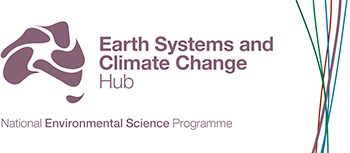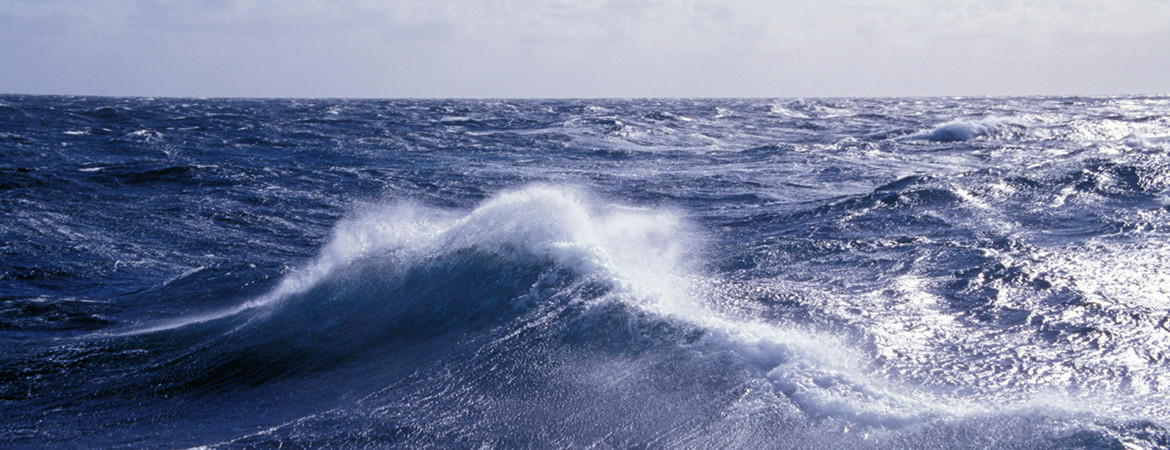PROJECT 2.3: Towards an ACCESS decadal prediction system
This project ran from 1 July 2016 until 30 June 2019
The marine, agriculture, energy and water sectors have consistently requested climate information at multi-year to decadal timescales. With new developments in innovative, multi-year-focused ocean data assimilation and prediction methods, we now have the capability to address these needs.
Under this project we have made significant steps towards developing a decadal forecasting system and capability to fill the critical gap between seasonal climate predictions and multi-decadal climate projections. The long term aim of decadal forecasts are to enable the delivery of stakeholder-specific products at time scales relevant to marine and agriculture policy and adaptive management strategies, for industry and the environment.
Outcomes from the decadal forecasting work under this project is now being further developed under the CSIRO’s Decadal Climate Forecasting Project.
We have also investigated and characterised the decadal-scale predictability of ocean temperature extremes. Ocean temperature extremes (often call marine heatwaves) can have devastating consequences for marine life, fisheries, and aquaculture, making them environmentally and economically significant events. Tracking and predicting changes in marine extremes are key to managing and reducing their impacts in these sectors.
We’ve improved understanding of marine heat wave trends and the predictability of ocean temperature extremes over multi-year to decadal timescales. We also examined past marine heatwave events to determine if they were the result of natural climate variability or climate change due to human activities.
Outcomes from the marine ocean temperature prediction work under this project will be used in the current Hub Project 5.8: Marine and coastal climate services for extreme information.
Data from this project will feed into ACCESS, Australia’s global climate model. The projections developed through this research will better inform marine and coastal planning decisions, as well as fisheries and aquaculture.
Key project achievements include:
- Improved capability in multi-year to decadal climate forecasts
- Improved understanding of ocean temperature extremes, including trends, intensity and potential predictability
- Determined that several recent marine heatwave events around Australia are now more likely due to human-caused climate change
For more information
Dr Neil Holbrook, University of Tasmania
Watch the Project 2.3 summary video
June 2019
Publications and papers
- Crimp S, Nicholls N, Kokic P, Risbey JS, Gobbett D, Howden M. 2018. Synoptic to large-scale drivers of minimum temperature variability in Australia – long-term changes. International Journal of Climatology, 38, E237-E254. doi:10.1002/joc.5365 | Full paper
- Earth Systems and Climate Change Hub. 2019. Understanding marine heatwaves. Available from the ESCC Hub website | Full Factsheet
- Franzke CLE, O’Kane TJ (Eds), 2017. Nonlinear and Stochastic Climate Dynamics, Cambridge University Press, 468 pp. | Publisher website
- Hobday AJ, Oliver ECJ, Sen Gupta A, Benthuysen JA, Burrows MT, Donat MG, Holbrook NJ, Moore PJ, Thomsen MS, Wernberg T and Smale DA. 2018. Categorizing and naming marine heatwaves. Oceanography. doi:10.5670/oceanog.2018.205 | Full text
- Kushnir et al. 2019. Towards operational predictions of the near-term climate, Nature Climate Change, 9, 94–101, doi: 10.1038/s41558-018-0359-7 | Abstract
- Lou J, NJ Holbrook and TJ O’Kane, 2019. South Pacific decadal climate variability and potential predictability. Journal of Climate, doi:10.1175/JCLI-D-18-0249.1 | Full paper
- O’Kane TJ, Monselesan DP, Risbey JS. 2016. A multiscale re-examination of the Pacific South American pattern. Monthly Weather Review, 145, 379–402, doi:10.1175/MWR-D-16-0291.1 | Full paper
- O’Kane TJ, Monselesan DP, Risbey JS, Horenko I, Franzke CLE. 2017. On memory, dimension, and atmospheric teleconnections. Mathematics of Climate and Weather Forecasting, 3(1), 1–27, doi:10.1515/mcwf-2017-0001 | Full paper
- O’Kane TJ, Monselesan DP, Risbey JS. 2017. A Multiscale Reexamination of the Pacific-South American Pattern. Monthly Weather Review, 145, 379-402, doi: 10.1175/MWR-D-16-0291.1 | Full paper
- O’Kane T, et al. 2019. Coupled data assimilation and ensemble initialisation with application to multi-year ENSO prediction. Journal of Climate, doi: 10.1175/JCLI-D-18-0189.1 | Full paper
- Oliver ECJ, Benthuysen JA, Bindoff NL, Hobday AJ, Holbrook NJ, Mundy CN, Perkins-Kirkpatrick SE. 2017. The unprecedented 2015/16 Tasman Sea marine heatwave. Nature Communications, doi:10.1038/ncomms16101 | Full paper
- Oliver ECJ, Donat MG, Burrows MT, Moore PJ, Smale DA, Alexander LV, Benthuysen JA, Feng M, Sen Gupta A, Hobday AJ, Holbrook NJ, Perkins-Kirkpatrick SE, Scannell HA, Straub SC, Wernberg T. 2018. Longer and more frequent marine heatwaves over the past century. Nature Communications, 9, doi:10.1038/s41467-018-03732-9 | Full paper
- Oliver ECJ & Holbrook NJ. 2018. Variability and Long-Term Trends in the Shelf Circulation Off Eastern Tasmania. Journal of Geophysical Research: Oceans. doi:10.1029/2018JC013994 | Full paper
- Oliver ECJ, Lago V, Hobday AJ, Holbrook NJ, Ling SD, Mundy CN. 2018. Marine heatwaves off eastern Tasmania: Trends, interannual variability, and predictability. Progress in Oceanography, 161, 116-130, doi: 10.1016/j.pocean.2018.02.007 | Full paper
- Oliver ECJ, Perkins-Kirkpatrick SE, Holbrook NJ, Bindoff NL. 2017. Anthropogenic and natural influences on record 2016 marine heatwaves. Bulletin of the American Meteorological Society, doi:10.1175/BAMS-D-17-0093.1 | Full paper
- Risbey JS, O’Kane TJ, Monselesan DP, Franzke CLE, Horenko I. 2018. On the Dynamics of Austral Heat Waves. Journal of Geophysical Research—Atmospheres, 123(1), 38-57, doi: 10.1002/2017jd027222 | Full paper
- Smale, et al. 2019. Marine heatwaves threaten global biodiversity and the provision of ecosystem services. Nature Climate Change. doi: 10.1038/s41558-019-0412-1 | Full paper
This project is contributing to meeting the following climate challenges:
Multi-year climate forecasts from this project will allow the water industry to take climate into account in meeting the year-to-year needs of water uses and in recognising and responding to potential challenges such as extended drought.
Agricultural, marine and land ecosystems vary in their stress and productivity in response to climate variations. A better understanding of climate variability and forecasts of these variations is critical to adapting to these changes and maintaining food security. Multi-year forecasts from this work will be applied in partnership with agricultural and fishery industries to reduce impacts from climate variability and better sustain the industry.
This project will provide a clearer understanding of the processes setting year-to-year variability in coastal currents and extremes, and provide forecasts so we can better prepare for changes in the likelihood of coastal impacts.
Climate extremes vary in their frequency and intensity from year to year in association with changes in the ocean and atmosphere. This project will forecast changes in the statistics of these events, allowing more comprehensive assessments of the risk of extreme events.





